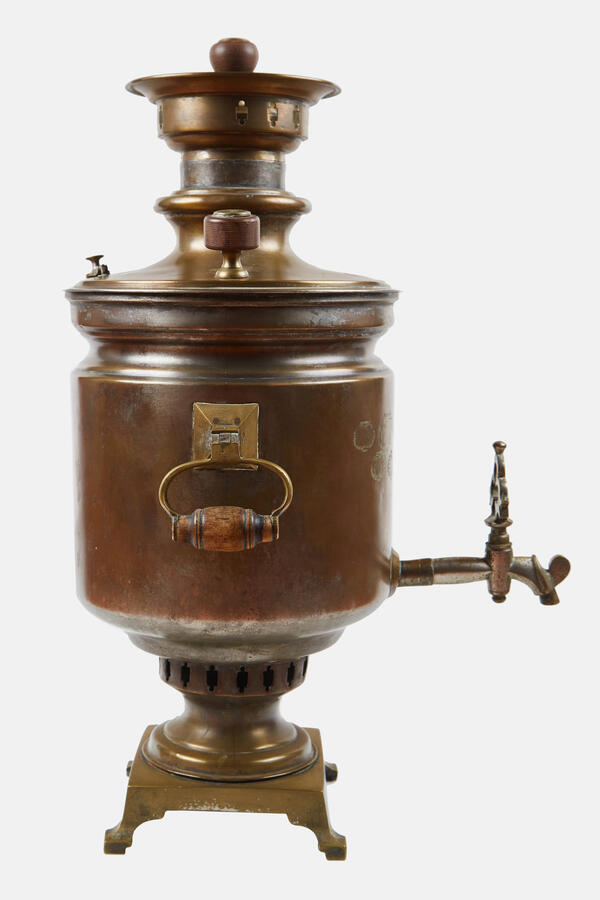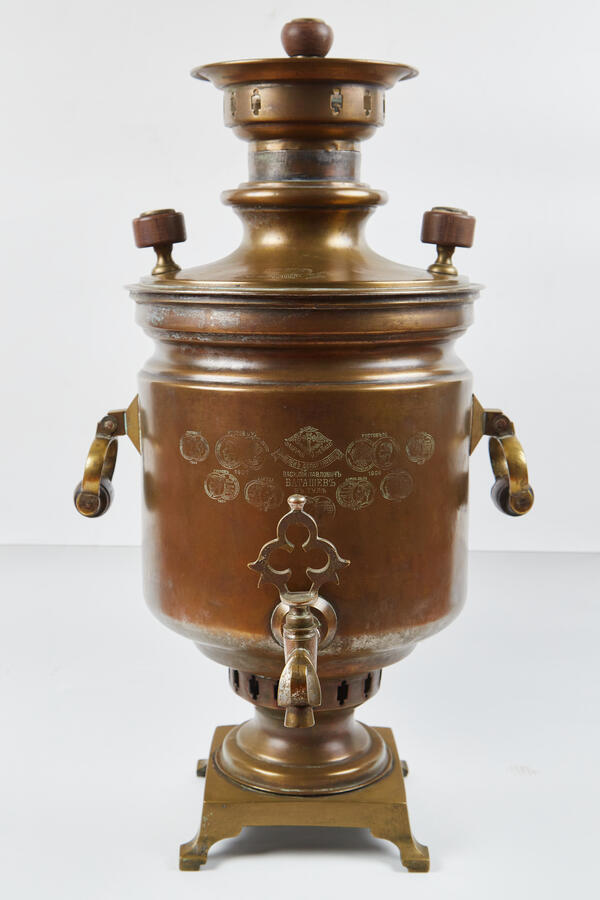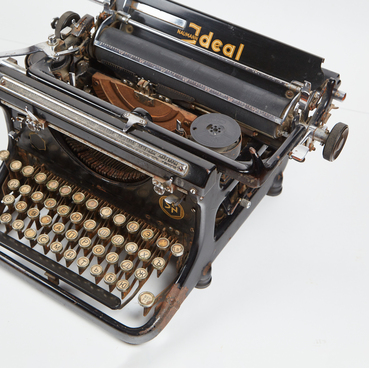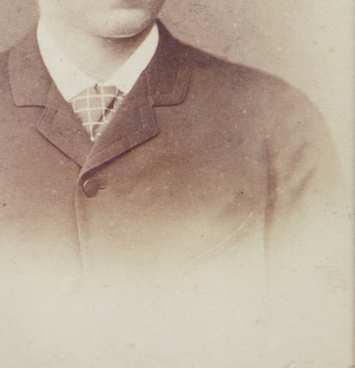The exhibition of the Rusanov House Museum features Batashyov’s samovar, an excellent product of Tula craftsmen made before the Bolshevik revolution of 1917.
The Russian traditions of tea drinking are closely connected with the samovar, which has become a symbol of prosperity, coziness, and family gatherings. Samovars were valued, passed down from one generation to another, and included into a bride’s dowry. The “ancestors” of samovars appeared in ancient times and were brought to Western Europe. But it was in Russia that this kitchen utensil received its name as we know it and became a must-have in every household as the fashion for tea developed. Around 1800, the first samovar appeared in Oryol. The Oryol merchant Davydov brought it from somewhere and placed it on the windowsill for display. People were intrigued and flocked to his yard for a week: everyone marveled at how it worked.
The first samovars were shaped like a teapot — the so-called “sbitennik” samovars. At fairs, sbiten, a beverage infused with herbs, spices, and honey, was sold in such teapots. Initially, samovar production was based on the production of copperware in the Urals. But the demand for samovars was so great that gradually samovar factories and workshops began to appear in other cities.
In the beginning of the 19th century,
Tula began to play an increasingly important role in samovar production. Among
the talented Tula artisans, several families gradually stepped forward and
became leaders in the industry. The samovars of Batashyov, a master of “samovar
making, ” became especially popular and were successfully sold at fairs in the 19th century. The competition was great, because in the middle of
the 19th century there were over 80 samovar enterprises operating in
Tula. Batashyov artisans were the first to receive the right to depict the
state emblem of the Russian Empire on their samovars. All Batashyov samovars
were decorated with images of medals and factory marks. Samovars were sold at
fairs. Average samovars were sold by weight. Unique samovars had a price that
was much higher than the usual one. Gradually, the process of tea drinking
became a custom.





